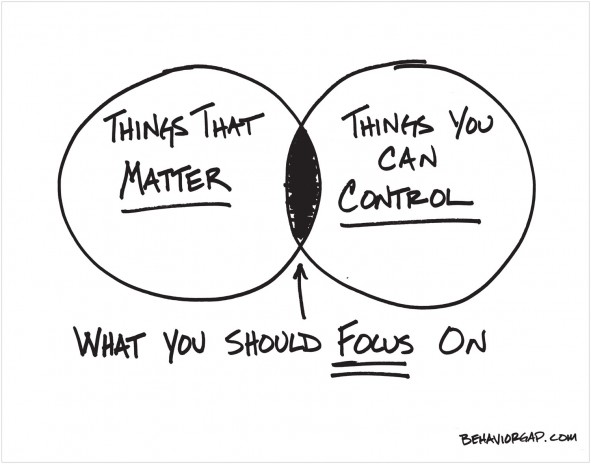Oaktree Capital’s (OAK) Howard Marks is one of my favorite investors.
In his latest memo, he covers everything from the so-called FAANG techs stocks to Bitcoin, but what I found most interesting were his comments on passive investing.
I’ve expressed similar views over the years, as have others such as Pershing Square’s Bill Ackman. (See “Bill Ackman Makes Some Good Points on the Index Bubble.“)

But frankly, Marks says it better. Here’s an excerpt:
Passive Investing
Passive investing can be thought of as a low-risk, low-cost and non-opinionated way to participate in “the market,” and that view is making it more and more popular. But I continue to think about the impact of passive investing on the market.
One of the most important things to always bear in mind is George Soros’s “theory of reflexivity,” which I paraphrase as saying that the efforts of investors to master the market affect the market they’re trying to master.
In other words, how would golf be if the course played back: if the efforts of golfers to put their shot in the right place caused the right place to become the wrong place?
That’s certainly the case with investing.
Here, Marks gets to the question I’m asking these days:
Index Funds
What percentage of assets has to be actively managed by investors driven by fundamentals and value for stocks to be priced “right,” market weightings to be reasonable and passive investing to be sensible? I don’t think there’s a way to know, but people say it can be as little as 20%.
If that’s true, active, fundamentally driven investing will determine stock prices for a long time to come. But what if it takes more?
Passive investing is done in vehicles that make no judgments about the soundness of companies and the fairness of prices. More than $1 billion is flowing daily to “passive managers” (there’s an oxymoron for you) who buy regardless of price.
I’ve always viewed index funds as “freeloaders” who make use of the consensus decisions of active investors for free. How comfortable can investors be these days, now that fewer and fewer active decisions are being made?
Certainly the process described above can introduce distortions. At the simplest level, if all equity capital flows into index funds for their dependability and low cost, then the stocks in the indices will be expensive relative to those outside them.
That will create widespread opportunities for active managers to find bargains among the latter. Today, with the proliferation of ETFs and their emphasis on the scalable market leaders, the FAANGs are a good example of insiders that are flying high, at least partially on the strength of non-discretionary buying.
I’m not saying the passive investing process is faulty, just that it deserves more scrutiny than it’s getting today.
Takeaway
Ackman, an activist investor, takes the argument further than Marks, saying that passive investment gives bad management teams a free pass and suggesting that, if present trends continue, the American economy will start to resemble that of Japan or South Korea.
In Japan, the keiretsu system of cross-corporate ownership dominates large public companies and has been cited as a reason for the country’s lack of competitiveness.
I agree with Marks here. Indexing has been good for investors, and it’s a mistake to throw out the baby with the bathwater. But it’s also a good idea to watch out for distortions caused by excessive indexing.
(Full disclosure: I also happen to be long OAK .)
Photo Credit: Wonderlane via Flickr Creative Commons




